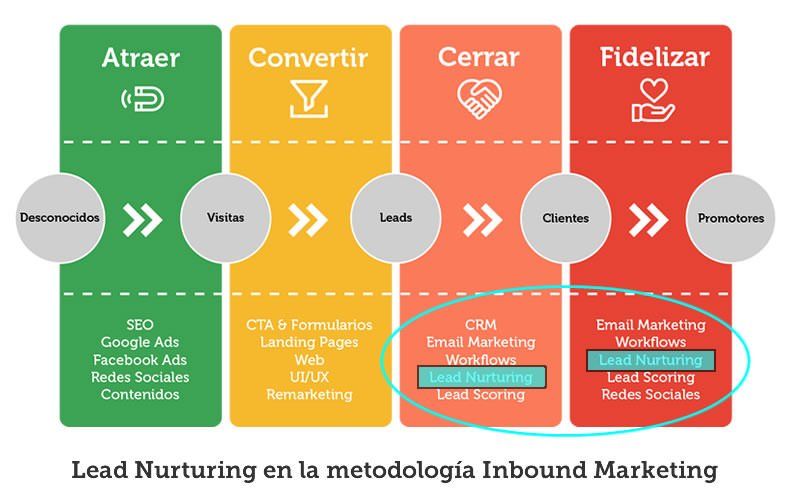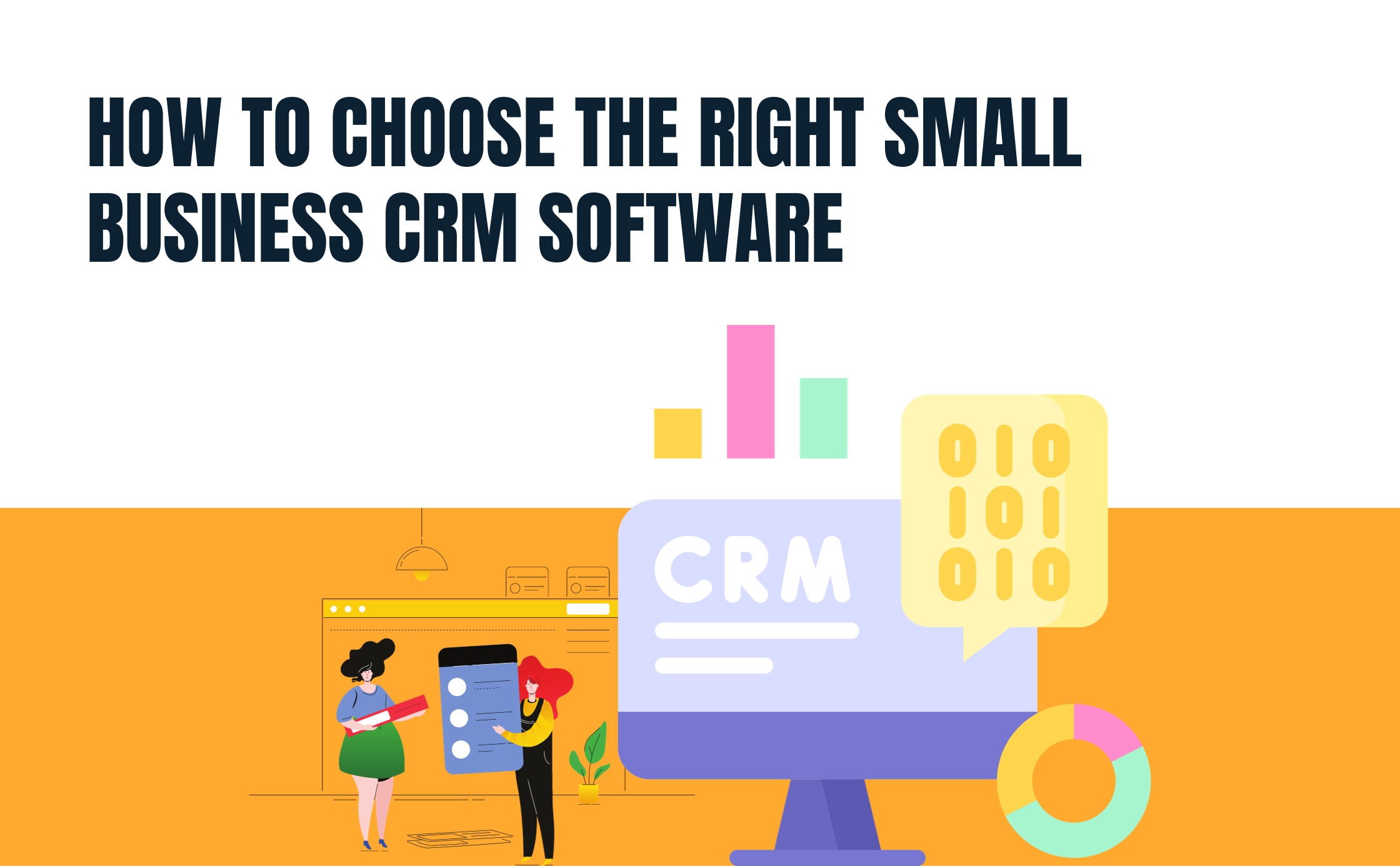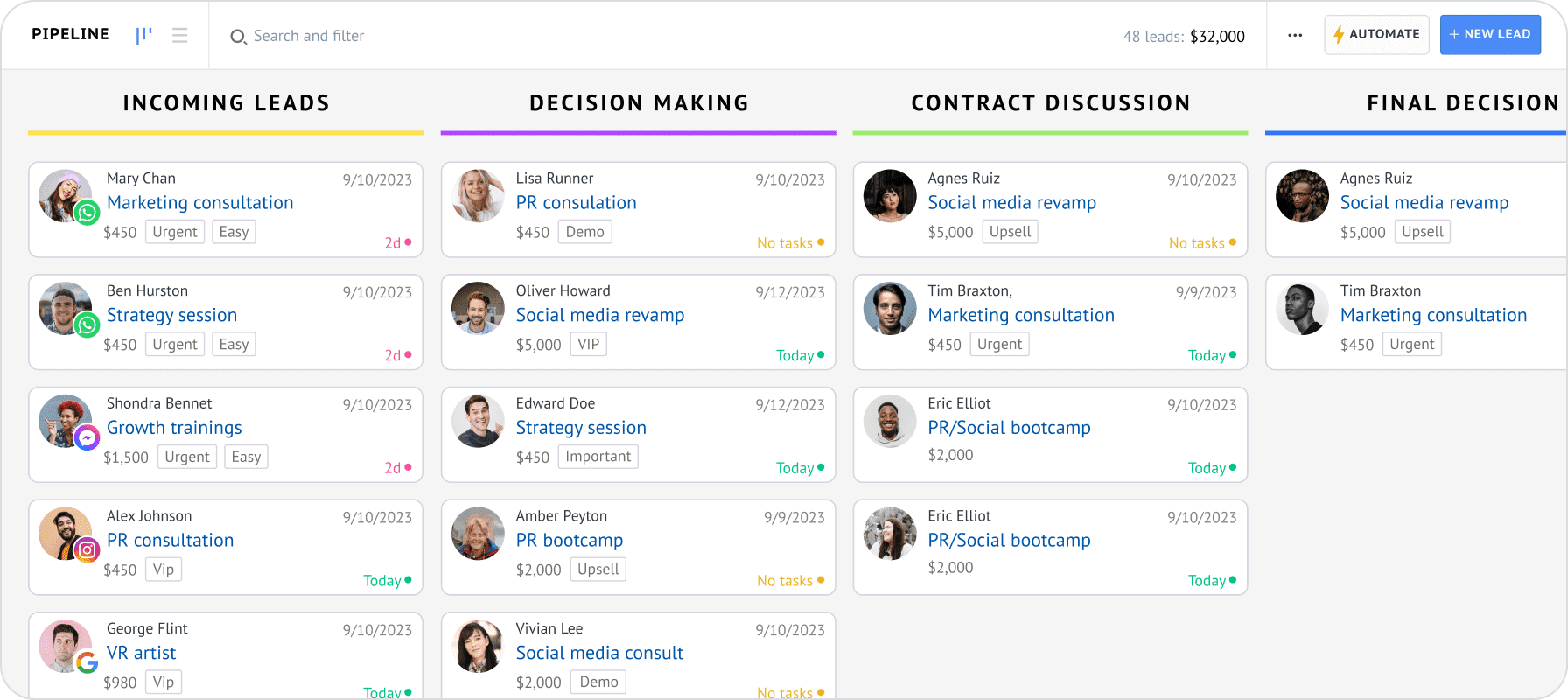
CRM Marketing Lead Nurturing: Your Roadmap to Customer Loyalty
In the bustling world of modern marketing, capturing leads is just the first step. The real magic happens in nurturing those leads, guiding them gently through the sales funnel, and transforming them into loyal, paying customers. This is where CRM marketing lead nurturing comes into play – a powerful strategy that leverages Customer Relationship Management (CRM) systems to build meaningful relationships and drive conversions. This comprehensive guide will delve deep into the intricacies of CRM marketing lead nurturing, providing you with the knowledge and tools to implement a successful strategy.
What is CRM Marketing Lead Nurturing?
At its core, CRM marketing lead nurturing is the process of building relationships with potential customers throughout their buying journey. It’s about providing relevant information, personalized content, and timely interactions to move leads from the awareness stage to the decision stage, and ultimately, to a purchase. Unlike a one-size-fits-all approach, lead nurturing uses data gleaned from your CRM to tailor communications based on a lead’s behavior, interests, and stage in the sales cycle.
Think of it like this: you wouldn’t propose marriage on the first date, right? Similarly, you shouldn’t bombard leads with sales pitches the moment they express interest. Lead nurturing is about building trust, providing value, and positioning your brand as a helpful resource. It’s about understanding their needs, answering their questions, and guiding them towards a solution – your product or service.
Why is CRM Marketing Lead Nurturing Important?
In today’s competitive landscape, simply generating leads isn’t enough. You need to cultivate those leads, staying top-of-mind and demonstrating the value of your offering. Here’s why CRM marketing lead nurturing is crucial for your business:
- Increased Conversion Rates: By providing targeted and relevant content, you increase the likelihood of converting leads into customers. Nurtured leads are more likely to make a purchase.
- Improved Customer Loyalty: Nurturing doesn’t stop after the sale. Ongoing engagement builds customer loyalty, leading to repeat business and positive word-of-mouth referrals.
- Shorter Sales Cycles: By providing the right information at the right time, you can accelerate the sales process, moving leads through the funnel more quickly.
- Higher ROI: Effective lead nurturing maximizes the return on your marketing investments by improving conversion rates and reducing wasted efforts.
- Enhanced Brand Awareness: Consistent and valuable communication positions your brand as a trusted authority in your industry.
The Benefits of Using a CRM for Lead Nurturing
While lead nurturing can be done manually, using a CRM system significantly streamlines and enhances the process. A CRM provides a centralized platform to manage all your lead interactions, track their behavior, and automate your nurturing efforts. Here’s how a CRM benefits your lead nurturing strategy:
- Centralized Data: A CRM stores all your lead data in one place, including contact information, website activity, email interactions, and purchase history. This 360-degree view of your leads enables you to personalize your communications effectively.
- Segmentation: CRMs allow you to segment your leads based on various criteria, such as demographics, behavior, interests, and lead source. This enables you to send targeted content to specific groups, maximizing relevance.
- Automation: CRMs automate repetitive tasks, such as sending emails, updating lead scores, and assigning leads to sales representatives. This frees up your team’s time and ensures consistent communication.
- Personalization: CRMs allow you to personalize your communications based on lead data. You can address leads by name, tailor content to their interests, and offer relevant product recommendations.
- Lead Scoring: CRMs enable you to assign scores to leads based on their engagement and behavior. This helps you prioritize your efforts, focusing on the leads most likely to convert.
- Reporting and Analytics: CRMs provide detailed reports and analytics on your lead nurturing efforts, allowing you to track your progress, identify areas for improvement, and measure your ROI.
Key Components of a Successful CRM Marketing Lead Nurturing Strategy
Implementing a successful lead nurturing strategy requires a well-defined plan. Here are the key components you need to consider:
1. Define Your Target Audience
Before you start nurturing leads, you need to understand who you’re targeting. Create detailed buyer personas that represent your ideal customers. Consider their demographics, psychographics, pain points, goals, and buying behavior. This will help you create content that resonates with your audience.
2. Map the Customer Journey
Understand the different stages of the customer journey, from awareness to purchase and beyond. Map out the touchpoints where you’ll interact with leads, such as your website, social media, email, and phone calls. This helps you create a consistent and relevant experience.
3. Develop High-Quality Content
Content is the fuel of lead nurturing. Create a variety of content formats, such as blog posts, ebooks, webinars, videos, infographics, and case studies. Tailor your content to each stage of the customer journey, providing valuable information that addresses your leads’ needs and interests.
4. Segment Your Leads
Segment your leads based on their behavior, demographics, interests, and lead source. This allows you to deliver personalized content that resonates with specific groups. For example, you might segment leads based on the products they’ve shown interest in or the pages they’ve visited on your website.
5. Create Nurturing Campaigns
Design automated email campaigns that deliver your content at the right time. Use a CRM to trigger these campaigns based on lead behavior, such as downloading a resource, visiting a specific page, or submitting a form. Your campaigns should be designed to move leads through the sales funnel, providing them with the information they need to make a purchase.
6. Implement Lead Scoring
Assign scores to leads based on their engagement and behavior. This helps you prioritize your efforts and focus on the leads most likely to convert. For example, you might assign points for opening emails, clicking links, visiting your website, and requesting a demo.
7. Integrate with Your Sales Team
Ensure seamless communication between your marketing and sales teams. Share lead data and insights to ensure that sales representatives have the information they need to follow up with leads effectively. Establish clear handoff processes to ensure a smooth transition from marketing to sales.
8. Analyze and Optimize
Track your results and analyze your performance. Use your CRM’s reporting and analytics features to monitor your conversion rates, open rates, click-through rates, and other key metrics. Identify areas for improvement and make adjustments to your strategy as needed. Continuously test different content, subject lines, and calls-to-action to optimize your results.
Examples of CRM Marketing Lead Nurturing Campaigns
Let’s look at some examples of lead nurturing campaigns you can implement:
1. Welcome Series
When a new lead subscribes to your email list or downloads a resource, send them a welcome series. This series should introduce your brand, provide valuable content, and set expectations for future communication. Include a thank-you message, a brief overview of your company, and links to your most popular content.
2. Educational Series
Create a series of educational emails that address your leads’ pain points and provide solutions. Share blog posts, ebooks, webinars, and other resources that educate leads about your industry and the benefits of your products or services. Tailor the content to the lead’s stage in the buying cycle.
3. Re-engagement Campaign
If a lead hasn’t engaged with your emails in a while, send them a re-engagement campaign. This campaign could include a special offer, a reminder of the value you provide, or a survey to understand their needs better. The goal is to re-engage inactive leads and bring them back into the fold.
4. Product-Specific Campaign
If a lead shows interest in a specific product or service, send them a campaign tailored to that offering. This campaign should highlight the benefits of the product, provide social proof, and include a clear call to action, such as a demo request or a free trial.
5. Abandoned Cart Campaign
If a lead adds items to their cart on your website but doesn’t complete the purchase, send them an abandoned cart email. This email should remind them of the items in their cart, offer a special discount, and make it easy for them to complete their purchase. This is a high-converting tactic for e-commerce businesses.
Best Practices for CRM Marketing Lead Nurturing
To maximize the effectiveness of your lead nurturing efforts, keep these best practices in mind:
- Personalize Your Communications: Use the lead’s name, tailor content to their interests, and offer relevant product recommendations.
- Provide Value: Focus on providing valuable content that addresses your leads’ needs and interests. Don’t just sell; educate and inform.
- Be Consistent: Maintain a consistent communication schedule to stay top-of-mind and nurture your leads effectively.
- Use a Clear Call to Action: Every email should have a clear call to action, such as “Download Now,” “Request a Demo,” or “Shop Now.”
- Test and Optimize: Continuously test different subject lines, content, and calls to action to optimize your results.
- Monitor Your Metrics: Track your open rates, click-through rates, and conversion rates to measure the effectiveness of your campaigns.
- Respect Your Leads’ Preferences: Allow leads to unsubscribe easily and avoid sending irrelevant content.
- Align with Sales: Ensure close collaboration between marketing and sales to ensure a smooth handoff and consistent messaging.
- Keep it Mobile-Friendly: Ensure your emails and landing pages are mobile-optimized, as many people read emails on their phones.
- Comply with Regulations: Adhere to all relevant data privacy regulations, such as GDPR and CCPA.
Choosing the Right CRM for Lead Nurturing
Selecting the right CRM is crucial for successful lead nurturing. Consider these factors when choosing a CRM system:
- Features: Look for a CRM with robust lead nurturing features, such as email automation, lead scoring, segmentation, and reporting.
- Ease of Use: Choose a CRM that’s easy to use and navigate, so your team can quickly adopt and utilize its features.
- Integrations: Ensure the CRM integrates with your existing marketing tools, such as your email marketing platform, website, and social media channels.
- Scalability: Select a CRM that can scale with your business as it grows.
- Pricing: Consider the pricing structure and ensure it fits your budget.
- Customer Support: Choose a CRM with excellent customer support to help you with any issues you may encounter.
- Reputation: Research the CRM’s reputation and read reviews from other users.
Some popular CRM options include:
- HubSpot CRM: Known for its user-friendliness and comprehensive marketing features, including lead nurturing tools.
- Salesforce Sales Cloud: A powerful CRM with advanced features, suitable for larger businesses.
- Zoho CRM: A cost-effective CRM with a range of features, ideal for small to medium-sized businesses.
- Pipedrive: A sales-focused CRM that’s great for managing leads and tracking deals.
- ActiveCampaign: A marketing automation platform with robust CRM capabilities, excellent for nurturing campaigns.
Measuring the Success of Your Lead Nurturing Efforts
Measuring the success of your lead nurturing efforts is essential to ensure you’re getting the results you want. Here are some key metrics to track:
- Conversion Rate: The percentage of leads that convert into customers.
- Click-Through Rate (CTR): The percentage of recipients who click on links in your emails.
- Open Rate: The percentage of recipients who open your emails.
- Lead-to-Opportunity Rate: The percentage of leads that become qualified opportunities.
- Customer Acquisition Cost (CAC): The cost of acquiring a new customer.
- Return on Investment (ROI): The profit generated from your lead nurturing efforts.
- Sales Cycle Length: The time it takes to convert a lead into a customer.
- Website Traffic: Track website traffic to see if your lead nurturing efforts are driving more visitors.
- Engagement Metrics: Monitor social media engagement, such as likes, shares, and comments.
Regularly analyze these metrics to identify areas for improvement and optimize your lead nurturing strategy.
Common Mistakes to Avoid in CRM Marketing Lead Nurturing
Even with the best intentions, you can make mistakes that hinder your lead nurturing efforts. Here are some common pitfalls to avoid:
- Sending Irrelevant Content: Always tailor your content to the lead’s interests and stage in the buying cycle.
- Being Too Salesy: Focus on providing value and building trust before pushing for a sale.
- Neglecting Segmentation: Segment your leads to ensure you’re sending targeted content.
- Not Tracking Results: Regularly monitor your metrics to track your progress and identify areas for improvement.
- Failing to Integrate with Sales: Ensure seamless communication between marketing and sales to ensure a smooth handoff.
- Using Generic Email Templates: Personalize your emails to make them more engaging.
- Ignoring Mobile Optimization: Ensure your emails and landing pages are mobile-friendly.
- Not Testing and Optimizing: Continuously test different content, subject lines, and calls to action to optimize your results.
- Not Complying with Regulations: Adhere to all relevant data privacy regulations.
The Future of CRM Marketing Lead Nurturing
The landscape of CRM marketing is constantly evolving. Here are some trends to watch:
- Artificial Intelligence (AI): AI is being used to personalize content, automate tasks, and predict lead behavior.
- Hyper-Personalization: Businesses are moving towards even more personalized experiences, tailoring content to individual needs and preferences.
- Omnichannel Marketing: Engaging leads across multiple channels, such as email, social media, and SMS, for a seamless experience.
- Focus on Customer Experience: Prioritizing the customer experience to build loyalty and drive repeat business.
- Data Privacy: Increased focus on data privacy and compliance with regulations.
By staying informed about these trends, you can ensure your lead nurturing strategy remains effective and adapts to the changing needs of your audience.
Conclusion: Embrace the Power of CRM Marketing Lead Nurturing
CRM marketing lead nurturing is a powerful strategy for turning leads into loyal customers. By building relationships, providing value, and personalizing your communications, you can increase conversion rates, improve customer loyalty, and drive business growth. By understanding the key components of a successful strategy, implementing best practices, and leveraging the power of a CRM system, you can create a lead nurturing program that delivers exceptional results. Embrace the power of lead nurturing and watch your business flourish.


